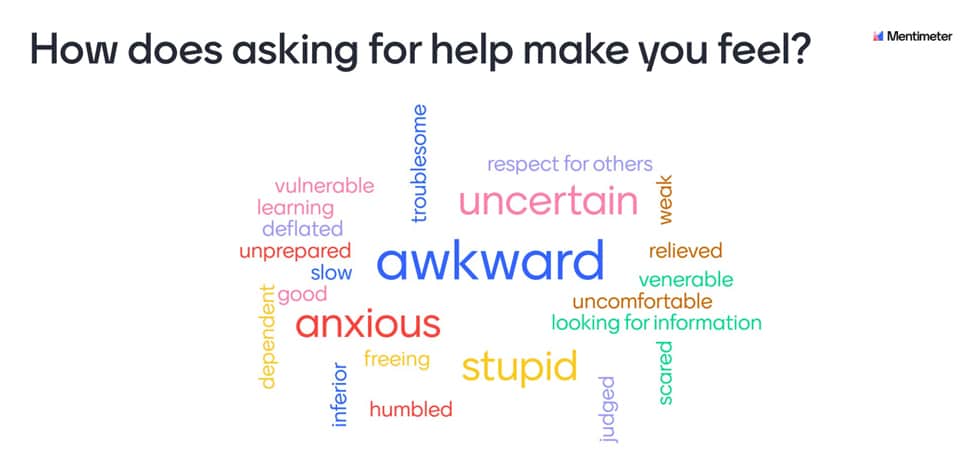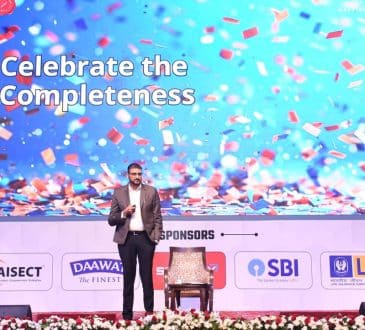The Value of Visibility

During my work with CEO Forums, visibility has found its way to the forefront of many recent conversations about how group members can maximize the value of their experience together. When I ask the CEOs to talk about how they want to benefit from the group over the next 12 months personally, the typical responses, among others, include:
“This is where I want to work on my business rather than in my business.”
“I want to hear the perspectives of others from different industry sectors than mine.”
“I want to be around peers who can help me see my blind spots.”
While these statements are true and beneficial, they don’t shed much light on understanding one’s goals and aspirations. What outcomes do they seek? How will they know what success looks like? The members are physically visible to one another in the room, yet all too often, they don’t have a line of sight into each other’s real hopes. This begs the question: If they don’t have clarity about each other’s desired outcomes, how can they really help each other?
More on this question later, but before delving specifically into the value of visibility, let me share a few relevant reminders about asking for help.
Asking for Help
First, self-help doesn’t mean by-yourself-help. It never has, yet we always talk about people regarding how their individual hard work and dedication explains their success. It may have been a significant factor, but everyone gets help along the way.
Take two-time Wimbledon Men’s Singles Champion Carlos Alcaraz, for example. Alcaraz may have won Wimbledon alone on the tennis court, but the team that helped him get there included his coach, fitness trainer, mental conditioning coach, nutritionist, physiotherapist, agent, strength trainer, and data analyst. And let’s not forget his friends and family.
Every Olympic athlete competing in Paris has enjoyed the support of countless people along their journey. None of us does it alone, and if the world’s most gifted athletes need help to be at their best, then imagine how much the rest of us might benefit as well.
If you want to engage in self-help, assemble a team to help you.
Weakness or Resourcefulness?
Whenever I ask audiences to describe in one word how asking for help makes them feel, the responses are disturbingly similar (See World Cloud).

You may be asking yourself, why is that? Here are at least five of the reasons:
- It can make us feel needy or incapable.
- It often involves compromising control.
- We don’t want to be a burden to others.
- It can make us feel indebted.
- It competes with our belief in the self-made man or woman (see Asking for Help above).
Asking for help is what successful people do. They receive the expertise, support, and accountability that comes with making their hopes, aspirations, and goals public. Former Runner’s World Editor and author Joe Henderson wrote a book published in 1976 titled The Long Run Solution. In it, he described outstanding runners and successful people in general by stating that they aren’t capable of superhuman feats. They don’t leap tall buildings in a single bound. They do the things anyone can do that, for most of us, when left to our own devices, we don’t. Enlist and engage the support of a team, and they’ll help you do the things anyone can do far more often.
Asking for help is not a sign of weakness; it’s an act of resourcefulness.
Clarity
Now, we’ll come back to the value of visibility. Once we realize that the self-made man or woman is a myth and that asking for help is how the elite people in any vocation become that way, we can start getting more specific about the outcomes. Once we do that, everyone has a better lens into what kind of help you are looking for and what’s required of the people you engage in supporting you.
For the CEO groups I mentioned, I ask them to revisit the question I asked at the start of their meeting and answer these four questions:
- How do I want to be a better leader?
- How do I want my executive leadership team or my company to improve?
- What help do I need from the Forum Leader or Group Chair?
- What help do I hope to receive from the group?
I ask that they finetune their responses with their group leader and then make the answers to these questions visible to the entire group. For forums that have followed through with this simple action item, it’s been a game changer. It helps an intelligent group of people operate from a more informed position during the meetings and increases engagement between meetings when members run across information relevant to a specific member and immediately pass it along.
Sound simple? It is, which is why it is so effective.
Summary
The value of visibility is as easy as 1-2-3. Embrace the notion that being self-made is a myth. Understand that asking for help is what the most successful people do. Be courageous enough to be specific about what you want to achieve and generous enough to help your fellow member realize their highest personal and professional aspirations. Then watch what happens.
Written by Leo Bottary.
Have you read?
Countries: Women in the workforce. Countries: Personal space. World’s Most (And Least) Religious Countries. Best Countries to Invest In Travel, Tourism, and Hospitality. Most Forested Countries In The World.
Bring the best of the CEOWORLD magazine's global journalism to audiences in the United States and around the world. - Add CEOWORLD magazine to your Google News feed.
Follow CEOWORLD magazine headlines on: Google News, LinkedIn, Twitter, and Facebook.
Copyright 2025 The CEOWORLD magazine. All rights reserved. This material (and any extract from it) must not be copied, redistributed or placed on any website, without CEOWORLD magazine' prior written consent. For media queries, please contact: info@ceoworld.biz








